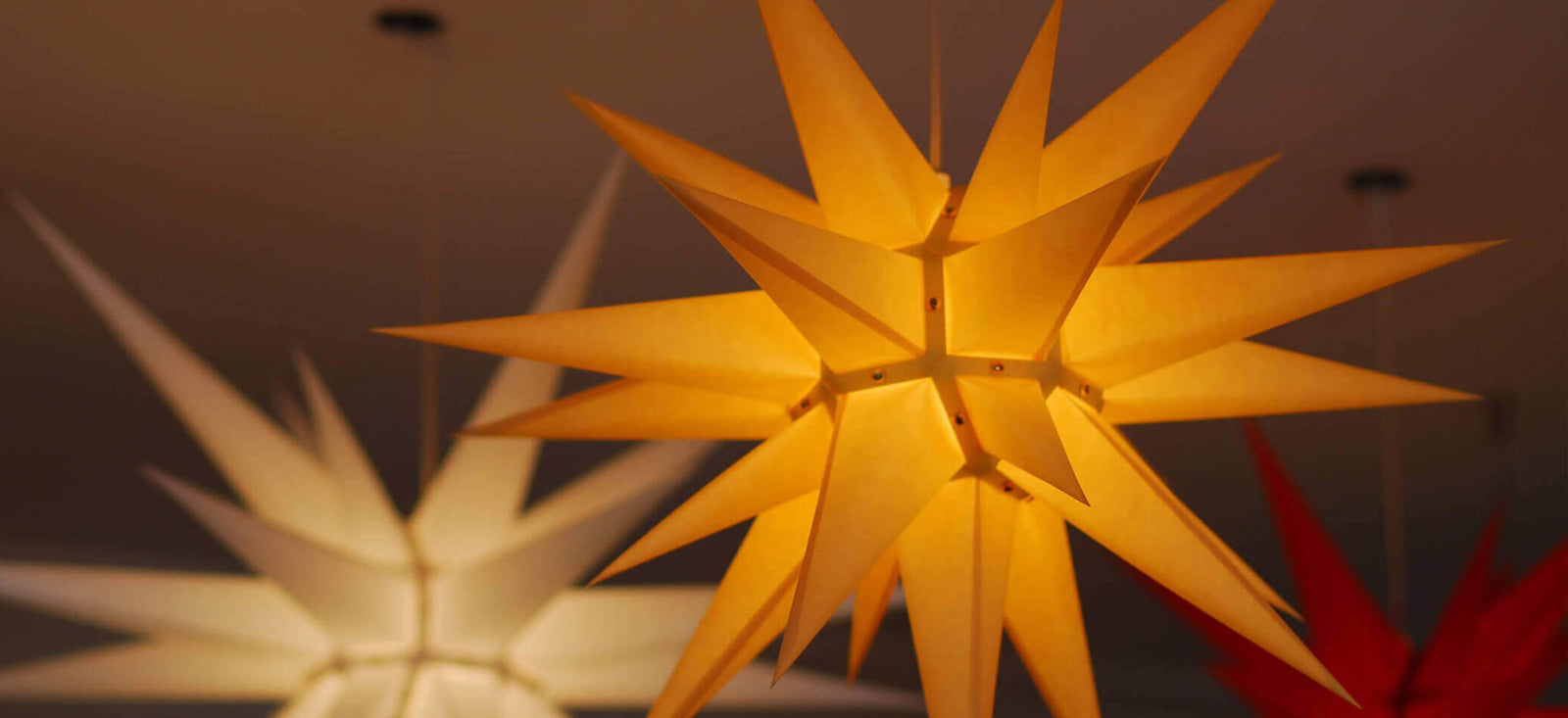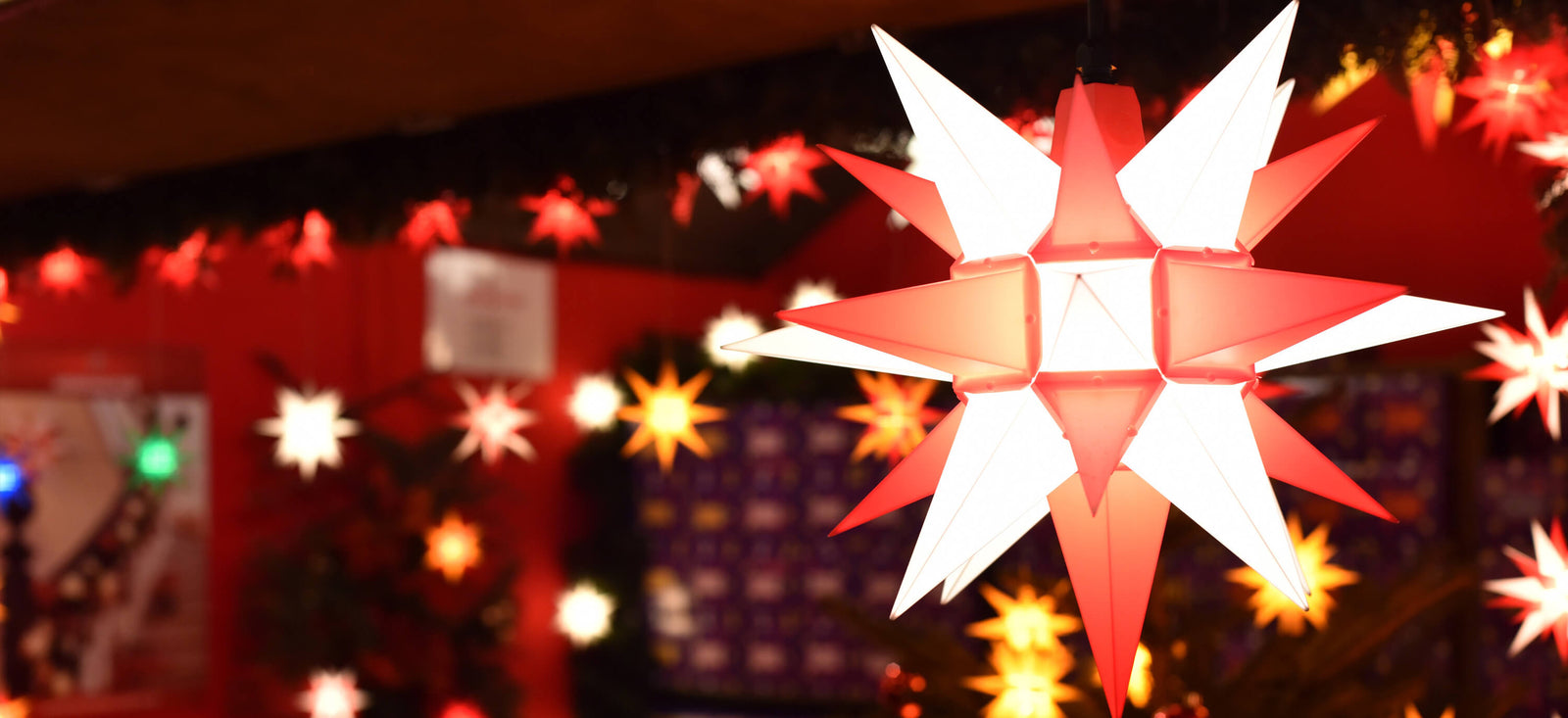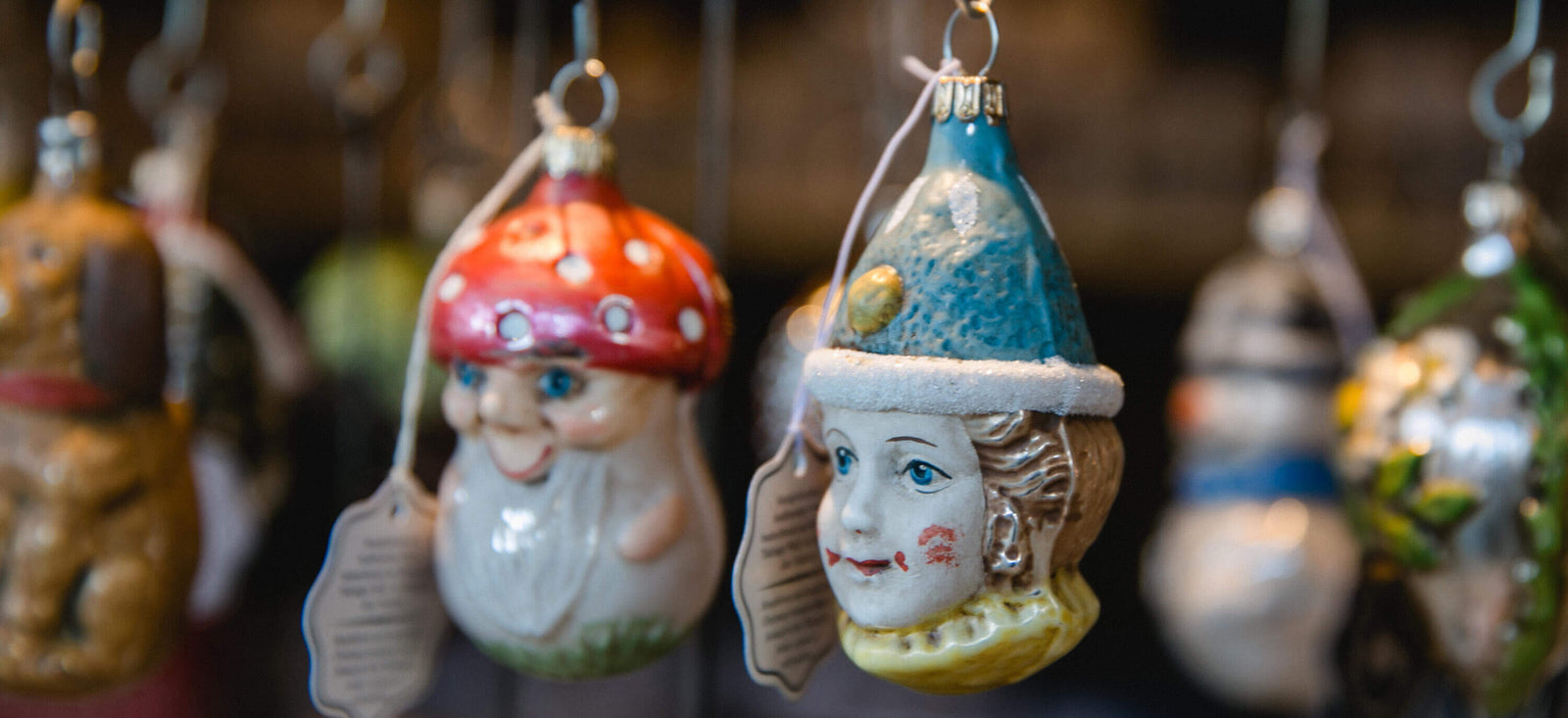This website use cookies to ensure you get the best experience. By using our website you agree to the use of cookies
This website use cookies to ensure you get the best experience. By using our website you agree to the use of cookies
THE MORAVIAN CHURCH AND ITS TRADITIONS

Vancouver, B.C. August 18, 2017
 Herrnhut, which means “under the Lord’s protection”, was founded at the beginning of the 18th Century by the forefathers of the Moravian Church who were forced to flee their homeland of Bohemia and Moravia. With a group of young men and women forming a separate community in Moravia (now the Czech Republic), the church began. Living as closely as possible to the teachings of Jesus in the Sermon on the Mount the Ancient Unity was founded in 1457.
Herrnhut, which means “under the Lord’s protection”, was founded at the beginning of the 18th Century by the forefathers of the Moravian Church who were forced to flee their homeland of Bohemia and Moravia. With a group of young men and women forming a separate community in Moravia (now the Czech Republic), the church began. Living as closely as possible to the teachings of Jesus in the Sermon on the Mount the Ancient Unity was founded in 1457.Thanks to the shelter provided by Count Zinzendorf, they founded a new settlement in the region of Oberlausitz to call home and work. This new town was the birthplace of the new “Herrnhuter Brüderunität,” commonly known today as the Moravian Church – a place from which missionaries were sent out all over the world. The Moravians in Germany, whose central settlement remains at Herrnhut, are highly active in education and social work. At the present time, the Moravian Church has more than a million members worldwide.
Most of them live in eastern Africa. Other major Moravian centers are the Caribbean basin (U.S. Virgin Islands, Antigua, Jamaica, Tobago, Surinam, Guyana, St. Kitts, and the Miskito Coast of Honduras and Nicaragua), South Africa, Winston-Salem, and Bethlehem, Pa. There are now 19 provinces of the Unity. The church in North America numbers only about 60,000 (including Canada, Alaska, Labrador). One of the reasons for the difference in membership between the United States and the rest of the world is that Moravians saw their distinct calling as bringing the good news of God’s infinite love to the poorest and most despised people of the world.
Nevertheless, they all seem to draw on the same traditions that were established in the 18th-century renewal and these are some of the traditions summed up below.
1. Lovefeast
One of the traditions that can still be found is the Lovefeast, which originated in the first gathering of Christians after Pentecost. There is biblical evidence for the practice of these communal meals, thereby signifying their union and equality. The Lovefeast is associated with the Lord’s Supper and based on the Agape feast. It was resuscitated in its original simplicity by the Moravian Church in 1727 and has been a service to dedicate to Christian love since, by talking over great spiritual blessings, praying together, having religious conversations and singing hymns together. The food and drink consumed during the religious worship assembly may vary. All in all, it is there to strengthen the bonds and the goodwill.
2. Advent
The Season of Advent includes all four Sundays before Christmas and focuses on the expectation and celebration of Christ’s Birth. In that time, an Advent wreath decorates the room. Most families from the Moravian church volunteer to make the Advent wreath, which is mostly a circle of green with four beeswax candles representing each of the four Sundays. On the first Sunday, there will be one candle lit on the Advent wreath by a child of the congregation, then two, then three and then on the fourth Sunday all four candles will be lit. The Christian custom probably dates back to the Middle Ages.
3. Herrnhuter Star
The Herrnhuter Star (known as the Moravian star) was first created by a teacher of a Moravian School in Niesky, Germany. He took the star to explain Geometry, as it has 17 quadrangular and 8 triangular points — the mathematical vocabulary for it is rhombicuboctahedron. It was soon adopted by the Moravian Church to represent the Star of Bethlehem. Pieter Verbeek, one of the graduates of the Moravian School opened a bookstore in 1880 and used the Star to decorate his little store. Soon after that, his son expanded the bookstore into a factory and began selling the Herrnhut Star all over the world. His factory was destroyed by the Soviet Army in World War 2. After the war was finished, the East German government took over the factory, until it was later turned over to the Moravian Church. Today, it is run by the Herrnhuter Sterne GmbH, an economic undertaking of the Moravian Church and has distributors all over the world. One of them being MyBrilliantStar.
It was soon adopted by the Moravian Church to represent the Star of Bethlehem. Pieter Verbeek, one of the graduates of the Moravian School opened a bookstore in 1880 and used the Star to decorate his little store. Soon after that, his son expanded the bookstore into a factory and began selling the Herrnhut Star all over the world. His factory was destroyed by the Soviet Army in World War 2. After the war was finished, the East German government took over the factory, until it was later turned over to the Moravian Church. Today, it is run by the Herrnhuter Sterne GmbH, an economic undertaking of the Moravian Church and has distributors all over the world. One of them being MyBrilliantStar.
Our beautiful Herrnhut Stars make a simple but special Christmas decoration. They come in a multitude of sizes and colours. Buy your Herrnhut Star now, and use them as pendant lights in your home.
Herrnhut star, the Moravian original.
www.mybrilliantstar.com
Subscribe
Sign up to get the latest on sales, new releases and more …





